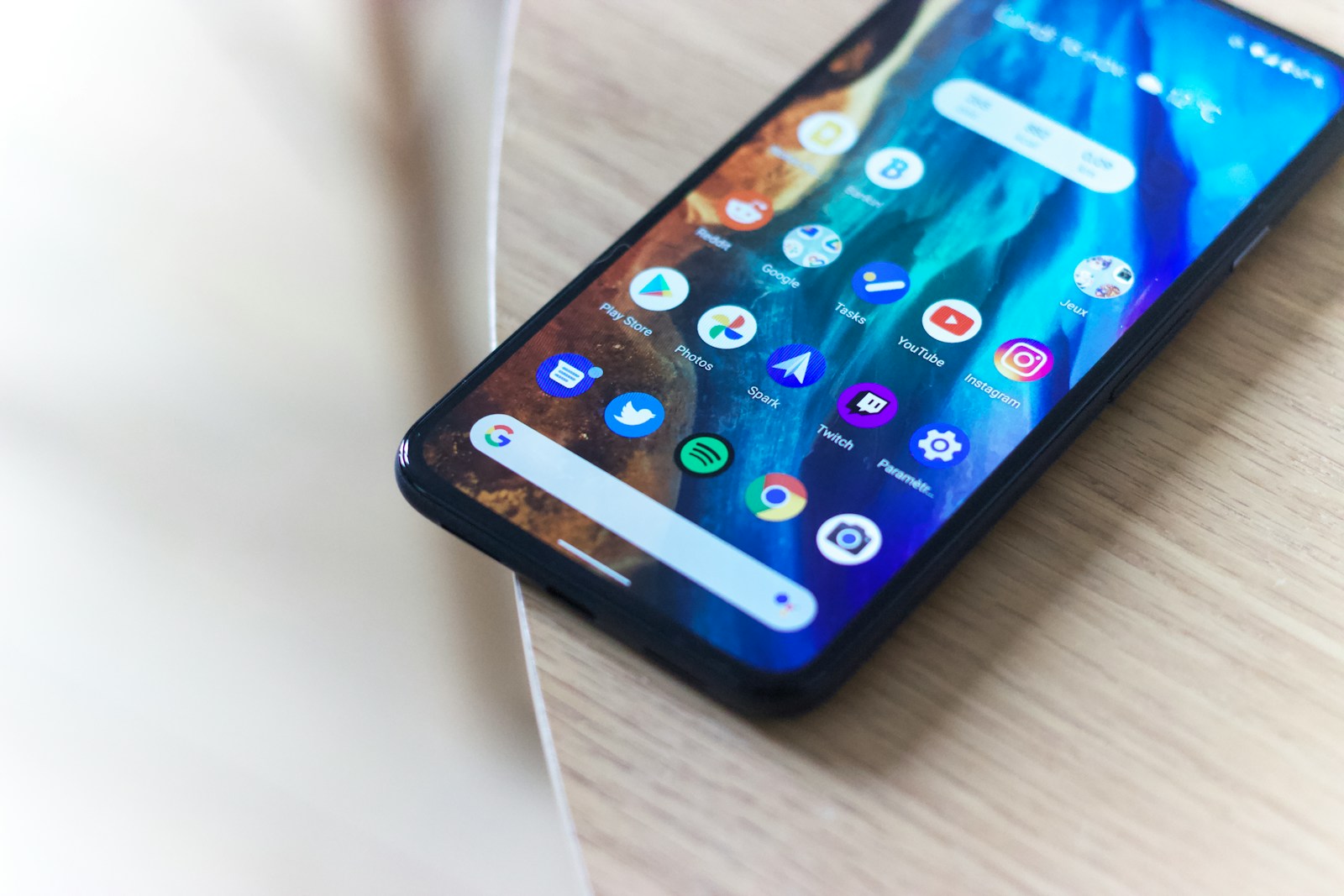MMI codes, short for Man-Machine Interface codes, are brief sequences of symbols that can be entered into a smartphone’s dialer. These codes enable users to access hidden settings, obtain detailed phone information, or perform specific tasks such as testing functions or checking usage statistics. MMI codes are integrated into the Android operating system, and while some are universal to all Android devices, others may differ depending on the manufacturer or phone model.
Learning about MMI codes can be quite useful for individuals who prefer to have greater control over their smartphones. These codes can provide insights into the status and performance of various phone features. Whether it’s for troubleshooting or simply out of curiosity, understanding how to use these codes can assist users in getting the most out of their Android devices. It’s vital to exercise caution when using MMI codes, however, as some of them can initiate changes or resets without requiring additional confirmation prompts.
Decoding Android Secret Codes
You can use MMI codes to unlock hidden menus, perform tests, and access device information. These codes can be incredibly useful for troubleshooting, customizing your device, or just satisfying your curiosity. Let’s explore some of the most common and helpful ones.
General Purpose MMI Codes
These codes work on most Android devices:
| Code | Function |
|---|---|
| *#06# | Displays your phone’s unique IMEI number (essential for tracking a lost/stolen device) |
| ##4636## | Access detailed phone information, usage statistics, and run tests |
| ##7780## | Performs a factory reset (use caution – this erases data) |
| 27673855# | Performs a complete wipe and reinstall of your phone’s firmware (drastic, use as last resort) |
Device-Specific MMI Codes
Some codes are specific to particular phone brands or models. Here are a few examples:
Samsung
- #0# | Accesses a hardware testing menu
HTC
- ##3424## | Accesses a diagnostic menu
Motorola
- ##4636## | Similar to the general phone information code
Important Notes
- Proceed with caution: Some MMI codes can alter your phone’s settings or erase data. It’s best to research unfamiliar codes before using them.
- Compatibility: Not all codes work with all phones.
- Carrier Restrictions: Your carrier might block access to certain codes.
MMI Codes List for Android (Categorized)
| Function | Code | Description |
|---|---|---|
| Device Information | *#06# | Displays device IMEI number |
| ##4636## | Displays phone information, usage statistics, and settings | |
| ##225## | Displays calendar information | |
| ##49862650468##* | Displays phone firmware information | |
| ##1111## | Displays FTA software version | |
| ##2222## | Displays FTA hardware version | |
| ##232337#*# | Displays Bluetooth device address | |
| ##232338## | Displays Wi-Fi MAC address | |
| *#07# | Displays SAR values and regulatory labels | |
| Testing | ##2664## | Touchscreen testing |
| ##0842## | Vibration and backlight test | |
| ##232339## | Wi-Fi network test | |
| ##0588## | Proximity sensor test | |
| ##1472365## | GPS test | |
| Settings | ##7594## | Change power button behavior |
| ##426## | Google Play Services diagnostic | |
| ##197328640## | Service mode | |
| ##34971539## | Camera firmware information | |
| #3282727336*# | Data usage information | |
| *#3282# | Billing information | |
| Reset | 27673855# | Wipe device and reinstall firmware (use with extreme caution) |
| ##7780## | Factory reset | |
| Carrier-Specific Codes | *#31# | Hide caller ID |
| *#43# | Activate call waiting | |
| *#67# | Check call forwarding status | |
| *#30# | Display caller ID | |
| Engineering Mode | ##2486## | Engineering mode (Motorola) |
| *#888# | Engineering mode (OnePlus) | |
| Samsung-Specific Codes | #0# | Open hardware diagnostic |
| *#0228# | Display battery information | |
| *#0808# | USB settings | |
| *#9090# | Advanced debugging tools |
Important notes:
- Not all codes work on all devices: Compatibility depends on device manufacturer and Android version.
- Use with caution: Some codes can cause data loss or other unintended consequences.
- Research before use: Consult device documentation or online resources for specific information about codes and their effects.
- Carrier-specific codes: Additional codes may be available from your cellular carrier.
- Samsung-specific codes: These codes are for Samsung devices only.
Where to Find More MMI Codes
- Manufacturer Websites: Check your phone manufacturer’s website for a comprehensive list of codes that work with your model.
- Online Resources: Websites dedicated to Android tricks or device codes often have extensive lists. Just be sure to verify the code’s function before dialing.
Key Takeaways
- MMI codes enable interaction with the hidden settings and information on Android devices.
- They are useful for both troubleshooting issues and satisfying curiosity about phone functions.
- It’s important to use MMI codes carefully to avoid unintended adjustments to the device.
Mastering MMI Codes for Android Devices
MMI codes are special codes you enter into your phone’s dialer. They unlock hidden information and features on Android devices. Here’s how to use them confidently.
Understanding MMI Codes and Their Functions
MMI stands for Man Machine Interface. It lets users access hidden settings and information. MMI codes often start with an asterisk (*) or pound (#) and end with a hash (#). Understanding these can help manage your device better.
Some widely used MMI codes include #06# for your IMEI Number and ##4636##* for revealing battery status, usage statistics, and more. Each code performs a specific function, like showing your device’s hardware and software data.
Advanced MMI Code Usage
Advanced codes, such as ##34971539## for camera firmware info, allow deeper insight into your phone. They may activate system dump modes or debug menus, giving tech-savvy users a closer look at their device’s operations.
You can run tests for hardware components like LCD, vibration, or touch screen using MMI codes. For example, a hardware test might include ##0*## for an LCD test. Software testing codes provide data on your current firmware.
Carrier-Specific MMI Codes
Mobile network operators might have unique MMI codes. For example, US Carriers may use specific strings to help you access network services or troubleshoot connectivity issues.
Hidden Features and Device Information
MMI codes can reveal features not visible in your phone’s settings. They can show detailed phone model info, system versions, and even allow quick access to the hidden Quick Test menu.
Using MMI Codes for Connectivity and Storage Management
MMI codes also manage your phone’s connectivity and storage settings. These codes can test Bluetooth, WLAN, and even manage your media files or data usage.
Cautions and Troubleshooting MMI Codes
While using MMI codes can be useful, you should proceed with caution. Incorrect usage may lead to data loss or affect your phone’s functionality. For troubleshooting, refer to your device’s manual or contact your carrier.







